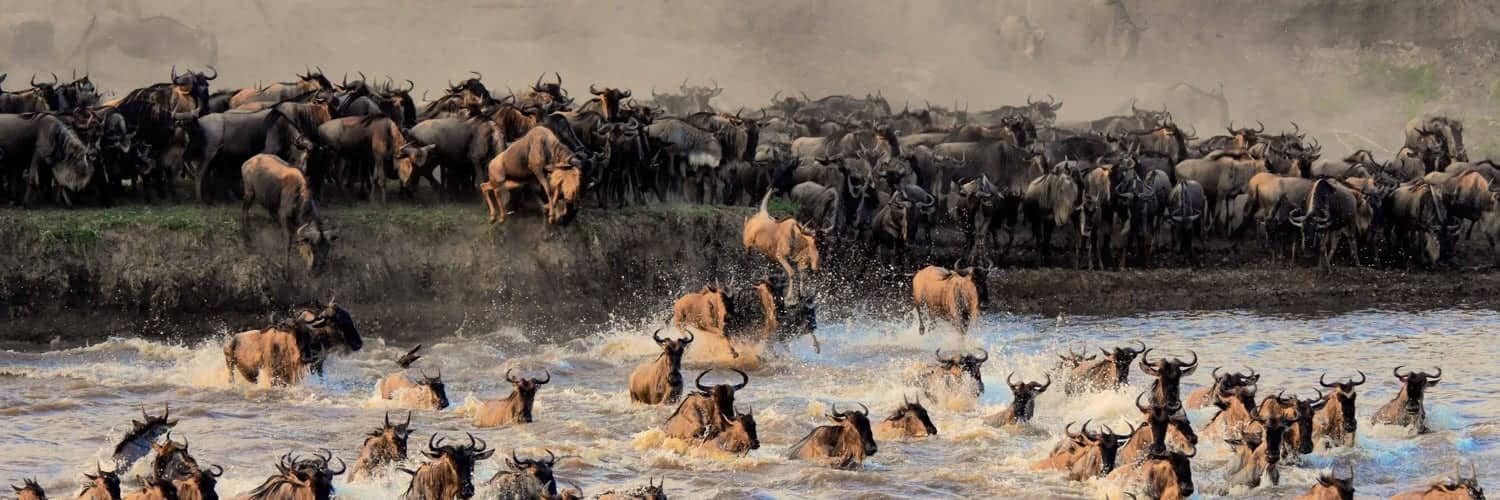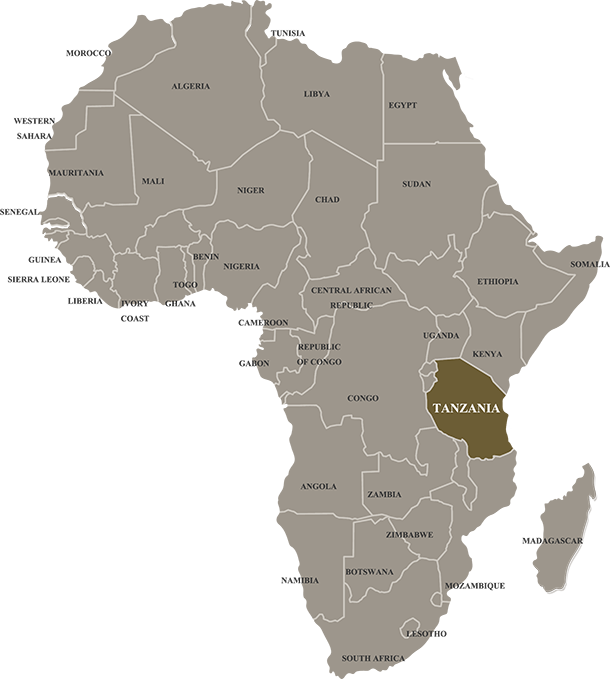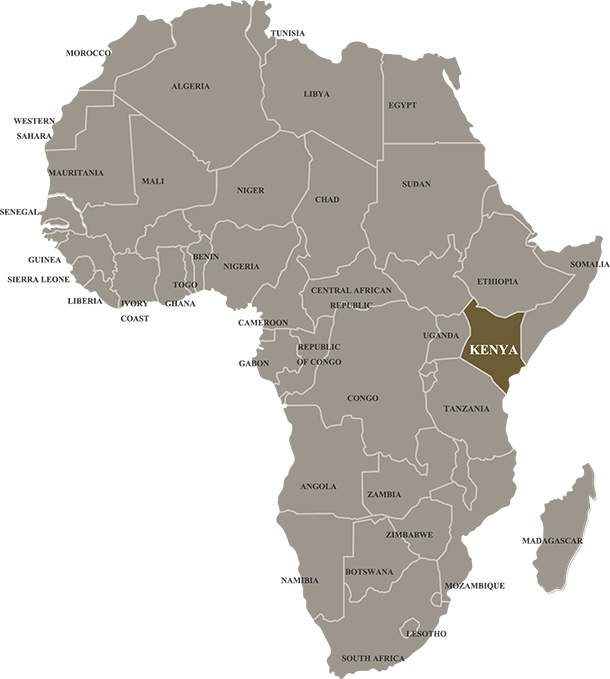Tanzania Photo Safari
Tanzania Photo Safari Escapes
A Photo-safari in Tanzania is one of the best ways to preserve your safari memories, improve your art, and, impress your family and friends. We are a photo-oriented team. We take pride in offering the best African photo safari tours. Our guides provide the perfect opportunity for every participant to discover, photograph, and treasure the most prized and abundant wildlife areas in Tanzania.
Tanzania is arguably the top safari destination in Africa for its huge game preserves and parks and most spectacular areas with the great dynamic ecosystems which provide amazing locations for nature and wildlife photography. Photo safari to the Serengeti ecosystem and the Grand Ruaha National park are among the top location that most photographers are wishing to explore.
Photo Safari Highlight
We understand that you are embarking on your once-in-a-lifetime experience during your Tanzania photo safari. With the unparalleled desire for you to truly appreciate your time on safari, we offer unlimited mileage which maximizes your game-viewing and photography opportunity and gives you the most flexible pace and access to explore the most secluded and wildlife abundant areas in an exclusive setting.

Planning A Photo Safari
When planning for an African Photo Safari, the key to obtaining great wildlife images is about being in the right place at the right time. We cater to each safari group’s needs by first identifying your photographic desires to understand the best time of year to get the most out of your African photographic safari.
Choose the best accommodation for a photographic safari
Dedicated Photo Safari Naturalist guides
Photo Safari Vehicles
The vehicle has three rows of seating and is equipped with canvas roll-back tops for unrestricted 360 degrees game viewing and photography. It’s imperative no photographer misses the shot so we assign each photographer to his/her entire row. It doesn’t matter on which side of the safari vehicle the action occurs, each photographer will get the best possible vantage point to make the image. If the animal moves from one side of the vehicle to the other, simply move to the other side. No one will be in your way. All your camera gear will be positioned on the seat right next to you to grab whatever accessory you need.
Charging batteries on a photo safari
Stabilization on photo safari vehicles
Your day on A Photo Safari

Flexibility on A photo Safari
Throughout your entire journey, you will be in the company of a professional Photo Safari Naturalist guide on a private safari vehicle. For the duration of your safari, you have the flexibility to choose and adjust the time you leave and return from your game drives. A lot of time photography is all about waiting for just the right moment. That is why, when we get to a sighting, we wait as long as you like to make sure you get the perfect shot and an amazing photo safari experience.
Photo Safari Recommended Packing List
Packing for a photographic safari requires extra caution to ensure that you have all the necessary equipment needed in the field. Apart from the standard safari packing list, here is what you will need to pack for a photographic safari:
A good camera and lens
Note that some countries have established guidelines to follow for using drones. Check the guidelines before deciding to pack one. If interested in aerial shots, balloon safaris offer the opportunity for amazing aerial shots.




